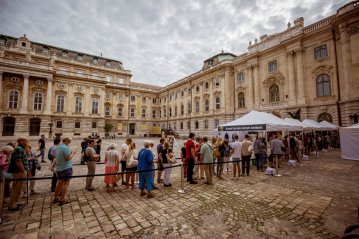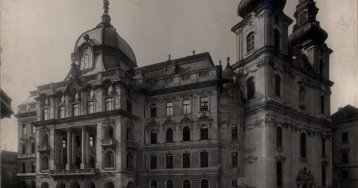
Halász Csilla
Cikkek
Thousands were curious about the biggest architectural attraction of 2021
August 25, 2021 at 10:00 AM
Probably the biggest architectural attraction of 2021 is the reconstruction of the southern connecting wing of the Buda Castle and the re-creation of the St. Stephen's Hall. On the festive weekend of 20 August, an unprecedented crowd waited at the palace courtyard to enter the now handed over part of the building. Krisztina Sikota, Deputy Director General of Tourism and Culture of the Várkapitányság, evaluated the events for our site.
Lost to war – Domes and ornaments lost during or after World War II to be restored throughout Hungary
November 1, 2020 at 11:00 AM
Three major Budapest buildings will be the first to have their domes and decorations reconstructed within a pilot project. Following in its footsteps, the government hopes to begin a national initiative to restore the domes and ornaments lost in the Second World War or torn down during earlier reconstruction efforts. Plans also include provisions to provide incentives for the restoration of privately owned buildings as well.


